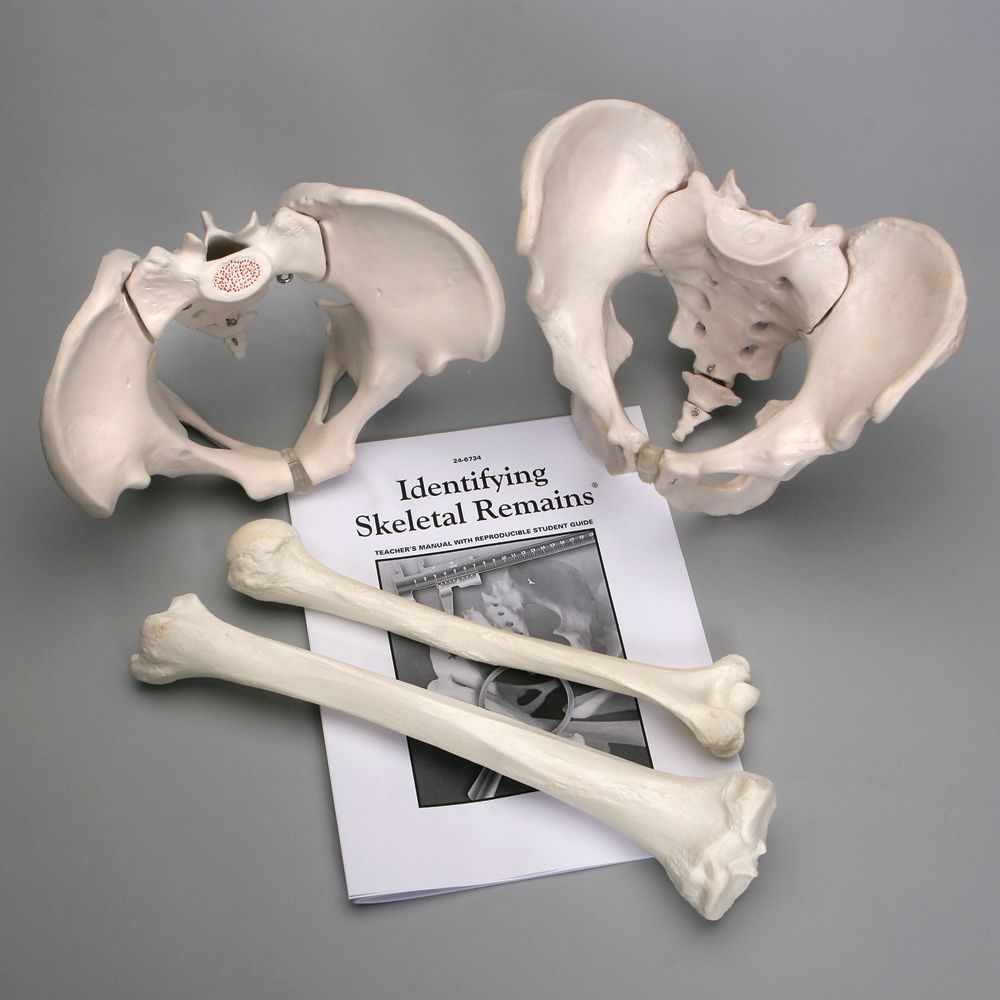Orthodox Christianity’s Profound Influence on Russian Art and Culture
The foundation of Russian cultural identity
Orthodox Christianity stand as the virtually influential religious force in shape Russian art and culture throughout history. Since its adoption in 988 CE under prince Vladimir i, orthodox Christianity has permeated every aspect of Russian creative expression, from magnificent cathedral architecture to literary masterpieces, from traditional folk arts to contemporary cultural practices.
The profound impact of orthodox Christianity on Russian culture extend far beyond religious observance. It has essentially shaped theRussiann worldview, aesthetic sensibilities, and artistic traditions that define the nation’s cultural identity. This influence manifest in architectural marvels, iconic paintings, literary works, musical compositions, and profoundly rooted cultural customs that continue to resonate in modernRussiaa.
Architectural marvels: sacred spaces as cultural landmarks
Orthodox Christianity’s virtually visible impact on Russian culture appear in the nation’s breath take religious architecture. The distinctive onion domes, intricateiconoclastss, and soar bell towers of orthodox churches have become synonymous withRussiann architectural identity.
St. basil’s cathedral in Moscow exemplify this architectural legacy. Its colorful onion domes and unique design represent the fusion of Byzantine orthodox traditions with clearly Russian artistic elements. The cathedral’s architecture reflect orthodox theological concepts, with each dome symbolize different aspects of Christian faith and Russian cultural values.
The cathedral of Christ the savior, too in Moscow, demonstrate how orthodox architectural traditions have adapted to contemporary contexts while maintain their spiritual and cultural significance. These sacred structures serve not merely as places of worship but as repositories oRussianan cultural memory and artistic achievement.
Monastery complexes like the trinity lava of sSt sBergiusshowcase how orthodox cChristianityfoster architectural innovation across centuries. These complexes feature elaborate frescoes, intricate woodwork, and masterful stone carving that represent pinnacles of rRussianartistic craftsmanship.
Icon painting: windows to the divine
Orthodox icon painting represent one of Russia’s about distinctive artistic traditions. Icons serve as focal points for orthodox worship while embody sophisticated artistic techniques and spiritual symbolism that have influence Russian visual culture for over a millennium.
Andrei Rublev, Russia’s nigh celebrated icon painter, create works that transcend religious art to become cultural treasures. His trinity icon demonstrate how orthodox artistic traditions produce masterpieces that combine theological depth with exceptional artistic skill. Ruble’s techniques and spiritual approach to art establish standards that influence rRussianpainting for centuries.
The Novgorod and Moscow schools of icon painting develop distinctive styles that reflect regional cultural variations within orthodox traditions. These schools produce thousands of icons that decorate churches, homes, and public spaces, make orthodox artistic imagery an integral part of daily Russian life.
Icon painting techniques influence secular Russian art, with many renowned artists incorporate orthodox aesthetic principles into their work. The emphasis on spiritual expression over realistic representation, characteristic of icon painting, become a defining feature of Russian artistic sensibility.
Literary traditions root in orthodox spirituality
Russian literature bear profound orthodox Christian influences that shape its thematic concerns, moral perspectives, and artistic approaches. The orthodox emphasis on spiritual struggle, redemption, and moral transformation become central themes in Russian literary masterpieces.
Fyodor Dostoevsky’s novels exemplify how orthodox spirituality influence Russian literary expression. Work like” the brothers kKalamazoo” nd “” ime and punishment ” ” lore orthodox concepts of sin, redemption, and spiritual transformation. Dostoevsky’s characters grapple with moral questions root in orthodox theological traditions, make his works profound explorations of russRussianhodox cultural values.
Leo Tolstoy, despite his complex relationship with institutional orthodoxy, incorporate orthodox spiritual themes into his literary works. ” War and peace” and ” nAnna Karenina” flect orthodox perspectives on moral responsibility, spiritual seeking, and the relationship between individual desires and divine will.
The Russian literary tradition of confessional writing, spiritual autobiography, and moral introspection stem forthwith from orthodox spiritual practices. Monastic traditions of spiritual reflection and moral examination provide literary models that influence Russian writers across generations.
Musical heritage: sacred sounds and cultural identity
Orthodox Christianity deeply shape Russian musical traditions through liturgical chanting, choral compositions, and the development of distinctive musical forms that become integral to Russian cultural identity.
Russian orthodox liturgical music, characterize by deep male voices and complex harmonies, create a unique musical aesthetic that influence secular Russian music. The tradition of unaccompanied choral singing in orthodox services foster exceptional vocal techniques and harmonic sophistication that become hallmarks of Russian musical culture.
Composers like Sergei Rachmaninoff and Pyotr Lynch tTchaikovskyincorporate orthodox musical elements into their compositions. Rachmaninoff’s ” ll night vigil “” monstrate how orthodox liturgical traditions inspire classical masterpieces that transcend religious boundaries to become cultural treasures.
Traditional Russian folk music bear orthodox influences in its modal structures, spiritual themes, and ceremonial functions. Religious festivals and orthodox calendar celebrations provide context for musical development that shape Russian folk traditions.
Folk arts and cultural traditions
Orthodox Christianity influence Russian folk arts, crafts, and cultural traditions in ways that continue to define Russian cultural identity. Religious festivals, seasonal celebrations, and spiritual practices provide frameworks for artistic expression that permeate everyday life.
Traditional Russian crafts like Parekh miniature painting, khokhloma woodwork, and religious embroidery reflect orthodox aesthetic principles and spiritual symbolism. These folk arts demonstrate how orthodox cultural influences extend beyond elite artistic circles to shape popular cultural expression.
Russian orthodox calendar celebrations like Kasper and Christmas develop elaborate cultural traditions that combine religious observance with artistic expression. Traditional foods, decorative arts, and ceremonial practices associate with these celebrations represent live examples of how orthodox Christianity shape Russian cultural life.
The tradition of Russian religious folk songs, spiritual ballads, and pilgrimage songs create a rich musical heritage that preserve orthodox spiritual themes in popular culture. These musical traditions maintain orthodox cultural influences evening during periods of political suppression.
Contemporary cultural continuity
Orthodox Christianity’s influence on Russian art and culture continue in contemporary contexts, demonstrate the endure power of this religious tradition to shape cultural expression. Modern Russian artists, writers, and musicians draw upon orthodox traditions while address contemporary themes and concerns.

Source: books.openedition.org
Contemporary Russian cinema ofttimes explore orthodox spiritual themes, moral questions, and cultural identity issues root in orthodox traditions. Directors like Andrei Tchaikovsky create films that reflect orthodox spiritual sensibilities and aesthetic principles while address universal human concerns.
Modern Russian architecture incorporate orthodox design elements and spatial concepts into contemporary buildings, demonstrate how traditional religious influences adapt to current cultural needs. New church construction and restoration projects maintain orthodox architectural traditions while employ modern construction techniques.
Contemporary Russian literature continue to grapple with orthodox spiritual themes, moral questions, and cultural identity issues that have definedRussiann literary traditions for centuries. Modern writers explore how orthodox cultural heritage relate to contemporaryRussiann experience and global cultural influences.
Cultural preservation and transmission
Orthodox Christianity’s role in preserve and transmit Russian cultural traditions demonstrate its fundamental importance to Russian cultural continuity. Monasteries, churches, and religious institutions serve as repositories of artistic knowledge, cultural practices, and spiritual traditions that maintain Russian cultural identity through periods of political upheaval.

Source: thoughtco.com
Orthodox educational traditions foster literacy, artistic skills, and cultural knowledge that enable the development of Russian intellectual and artistic achievements. Monastic schools and religious institutions provide educational frameworks that nurture Russian cultural development across centuries.
The orthodox emphasis on tradition, continuity, and spiritual inheritance create cultural mechanisms for preserve and transmit artistic techniques, cultural practices, and spiritual values that define Russian cultural identity. These transmission mechanisms enable Russian culture to maintain its distinctive character while adapt to change historical circumstances.
Global recognition and cultural significance
The orthodox Christian influence on Russian art and culture has gain international recognition as a distinctive contribution to world cultural heritage. Russian orthodox artistic traditions, architectural achievements, and cultural practices are celebrated globally as unique expressions of human creativity and spiritual insight.
Museums ecumenical display Russian orthodox art, demonstrate international appreciation for the artistic achievements foster by orthodox cultural traditions. These exhibitions highlight how orthodox Christianity enable the development of distinctive Russian artistic styles that enrich global cultural heritage.
The influence of Russian orthodox culture extend beyond Russia’s borders through diaspora communities, cultural exchanges, and artistic collaborations that share orthodox influence Russian cultural traditions with international audiences. This global presence demonstrate the universal appeal of cultural expressions root in orthodox spiritual traditions.
Contemporary cultural scholars recognize orthodox Christianity as the primary religious influence on Russian art and culture, acknowledge its fundamental role in shape Russian cultural identity and artistic achievement. This scholarly recognition validate the profound and enduring impact of orthodox Christianity on Russian cultural development and its continue relevance to understand Russian cultural expression.



